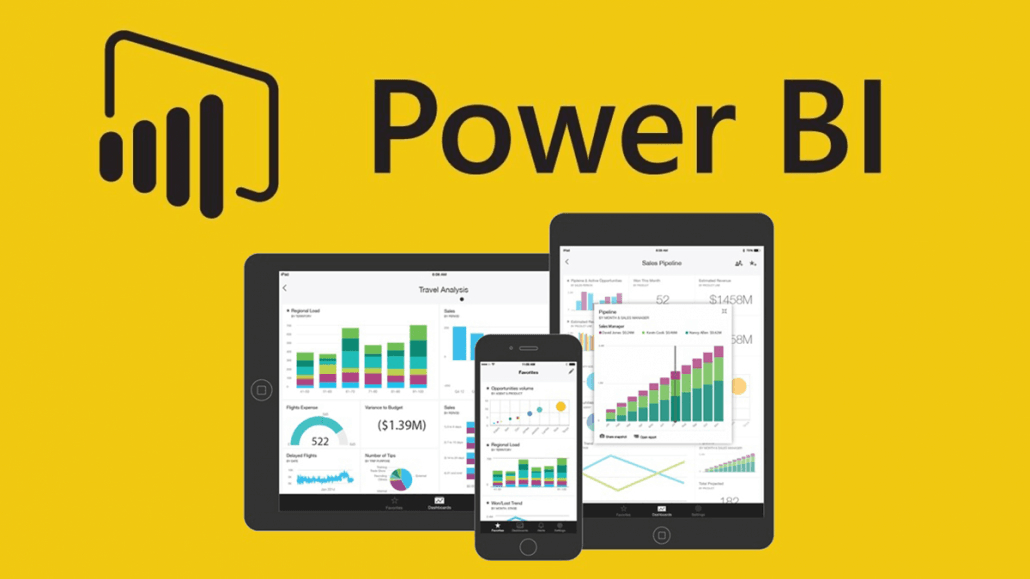
Business organizations across the world use Power BI to visualize data in a way that makes sense. It provides a range of visualizations including bar charts, line charts, pie charts, tables, matrices, simple cards, KPI’s, gauges, and interactive maps.
For example, a business might create a report for their managers which displays a detailed operational overview https://cobit-solutions.com/en/4-osnovnyh-otcheta-dlja-biznesa-v-power-bi-2/ . Alternatively, they might create dashboards that highlight key visualizations from a collection of reports.
Gross Profit
Gross profit is the sum of revenue and cost of goods sold. To calculate this figure, you need to know the total number of units sold and the price at which they were sold.
To get this information, you can use a table visual and specialized dashboard with business analytics.
Its design can be tailored for the specific needs and reflect your company’s features to filter the gross profit. This is a great example of the data-driven visuals that comes with Power BI for the fast and right decisions.
Sales
Sales control is a key factor in any business. It helps you track the numbers of orders and deliveries made, as well as keep a tab on any returns that come in.
With the help of Power BI, you can easily get detailed sales reports that will tell you how well your company is doing in terms of selling products. It also helps you get better insights on how to sell products in the future.
This Power BI dashboard shows how to create a report that will allow you to find the top customers for each product. You can also see what their buying habits are and how much revenue they generate.
You can use DAX functions and contexts in Power BI. DAX functions help you calculate values from data and contexts apply filtering to identify a single row in the table.
Customer Satisfaction
Customer satisfaction is the key to success for any business. It is a crucial factor to retaining existing customers and attracting new ones.
When customers are satisfied with your products and services, they tend to come back and tell others about them. Measuring customer satisfaction gives your company a sense of what works and what needs improvement.
Moreover, it helps you determine your business’s ROI and makes decisions that will drive your bottom line. Here are some examples of reports you can run on Power BI to control your customer satisfaction every day:
Unsuccessful inbound calls: This report shows how many customer calls fail to connect or get picked up within a specific period. It also provides a breakdown of why the calls failed, so you can identify potential bottlenecks and fix them.
Another useful measure is Net Promoter Score, which measures how likely a customer is to recommend your product or service. This measure is available in most visualizations by Power BI to calculate the metric based on your data. You can apply to the professional BI agencies for the business analytical tools.
Employee Satisfaction
The employee satisfaction of your business can make a huge difference to the overall profit and growth of your company. Regular control of your employees’ performance can help you gain a clear perspective on how to improve your overall service and make your customers happy.
Power BI can help you achieve this with its eye-catching visuals and data filters. It allows you to view labor statistics by location, customer segment, and department, or even by employee demographics.
The employee survey data was ingested, normalized, and consolidated for reporting purposes. It was integrated with annual appraisal summaries to provide a more complete picture of employee performance and key learnings. An automated data pipeline was developed to enable rapid refreshes of results to reduce turnaround time without sacrificing quality insights.







